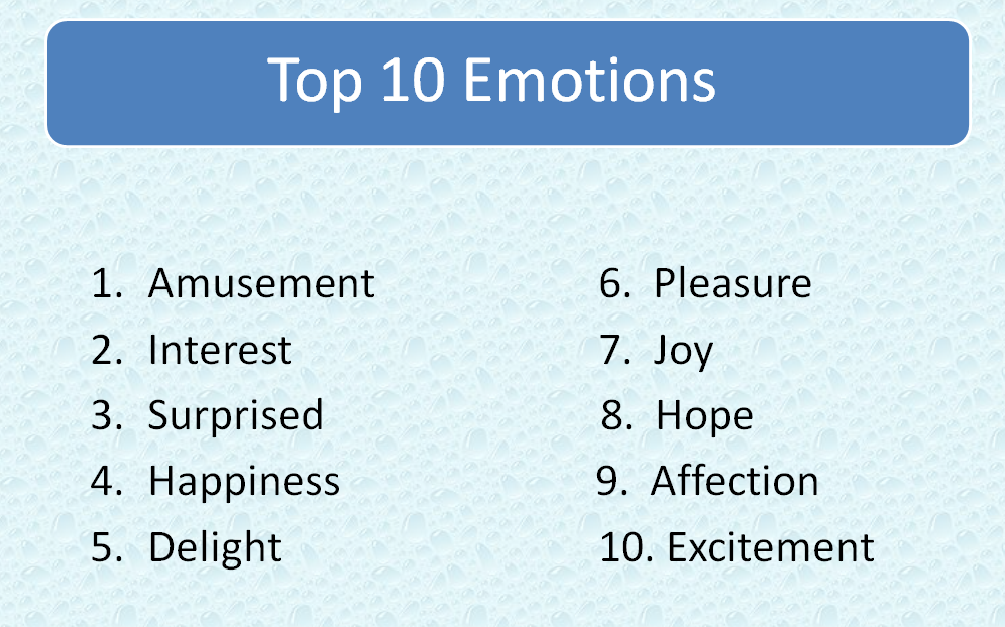
Likewise, emotions are a social reality,” she writes. “The muffin-cupcake distinction is a social reality when objects in the physical world, like baked goods, take on additional functions by social agreement. Having tried and failed to replicate key findings herself, she notes flaws in others’ methodology, documents her own conflicting results (with slight methodological modifications), and, to make sense of it all, rebrands emotions as a type of learned, social knowledge, akin to knowing the difference between muffins and cupcakes.

The same goes for studies of how well people recognize nonverbal emotional vocalizations her own research shows that Himba tribespeople in Namibia cannot differentiate the quick audible inhale of fear from that of surprise.įeldman-Barrett goes on to provide a scathing critique of the research that supports the universal view. That’s why higher-than-chance emotion-detection accuracy cannot be taken as evidence that emotion signals are universal, argues Feldman-Barrett. She shows, for example, a cropped close-up of tennis star Serena Williams’s face, in which Williams appears to be in agony rather than feeling triumph after winning her match-thus showing how easily confused we can become in interpreting emotional expression. In the book, Feldman-Barrett demonstrates how easy it is for us to misread an emotional expression.


She makes some excellent points and highlights fascinating research-but then takes her argument too far. Summarizing a multi-year debate, she argues that emotions are not inborn, automatic responses, but ones we learn, based on our experiences and prior knowledge. From the GGSC to your bookshelf: 30 science-backed tools for well-being.īut a recent book by psychologist and emotion researcher Lisa Feldman-Barrett, How Emotions are Made, challenges this view.


 0 kommentar(er)
0 kommentar(er)
